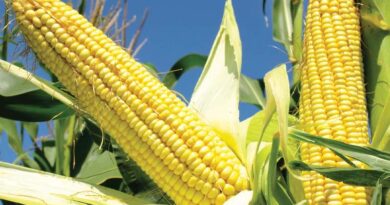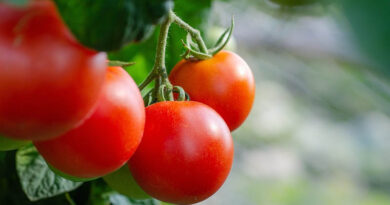Understanding how agronomic features and end markets will influence variety choice in Scotland
15 February 2022, Scotland: In general, this winter has been fairly mild, with plenty of moisture in December, but turning dry in January. February’s forecast is for another mild month with more rainfall than January. March drilling is on the cards if moisture levels allow.
In last month’s edition we spoke about seed rate.
Planting date is driven by having enough soil moisture for growth, but dry enough to travel and establish a good seedbed. Often the first split of nitrogen is added at or just after drilling, and again, good uptake is dependent on having the right level of soil moisture.
Different varieties are suitable for different end uses. The majority of spring barleys grown for malting in the UK are listed on the MAGB Malting Barley Committee Approved List:

However, locally, different maltsters will have preferred varieties and contracts, so it is important to check locally to ensure variety selection is suitable for your local maltster.
- LAUREATE has full MBC approval for brewing and malt distilling and is widely accepted across England and Scotland
- SY TUNGSTEN is provisionally approved for brewing and malt distilling with full approval possible in June this year. Some contracts will be available for SY Tungsten, so check locally before committing to the newest varieties.
- SY SPLENDOR is provisionally approved for brewing and a good option for a feed variety as it has excellent straw and grain characteristics.
- FAIRING is the only approved grain distilling variety in the UK and will have high N contracts in different regions of Scotland, check locally for these contracts.
Local contracts will specify the % Grain Nitrogen required along with other criteria such as screenings and specific weight. Tailoring nitrogen inputs for both rates and timings will help to achieve the required specification:
- Low nitrogen contracts below 1.65%: Lower total N required, Syngenta trials found no significant difference in yield or % grain nitrogen between applying 100% in the seedbed or in 2 splits, applied before GS15.
- High nitrogen contracts above 1.85%: Syngenta trials showed increasing total nitrogen has the biggest impact on grain nitrogen, but a later application can also help to boost it.
It is important to adapt to the crop as the season progresses. Establishment rates and nitrogen applications will directly impact management of the crop canopy later in the year. PGRs and fungicides will all need to be tailored to the season to keep the crop healthy and standing, more on this in our next instalment.















